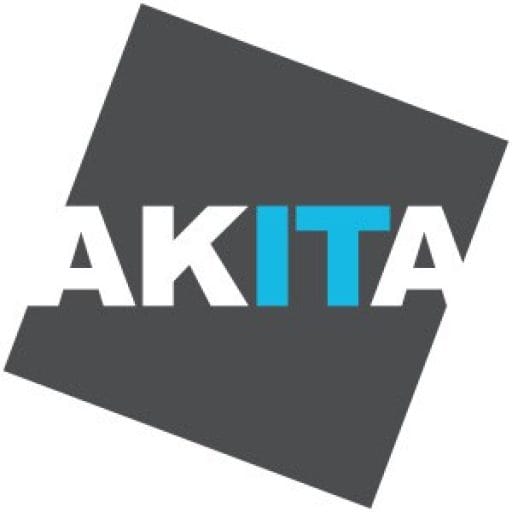Mid-market organisations rely heavily on external suppliers, SaaS platforms and service providers to maintain operational momentum. Every partnership introduces new cyber security exposure, yet many organisations lack a structured method to assess, monitor and control this risk. A modern third-party risk solution gives IT leaders the visibility, governance and assurance needed to safeguard operations without adding pressure to already-stretched teams.
A consolidated approach improves clarity from the outset. Supplier information is often scattered across emails, spreadsheets and personal knowledge. Without a single overview, it becomes difficult to identify which vendors handle sensitive data, deliver critical services or present growing vulnerabilities. Centralised visibility resolves this, enabling IT managers to concentrate on the suppliers that matter most and confirm that controls match organisational expectations.
Strengthening governance with structured oversight
A dedicated third-party risk solution replaces inconsistent assessments with a unified, repeatable framework. Every supplier is reviewed using the same criteria, eliminating subjective or department-specific approaches. This alignment strengthens cyber security governance, enhances internal accountability and provides assurance to stakeholders who expect a clear demonstration of operational control.
Clearer supplier accountability
When expectations, controls and evidence requirements are standardised, suppliers understand the importance of maintaining strong security. Consistent monitoring and transparent scoring reinforce that cyber security is a contractual and operational expectation. This creates healthier supplier relationships based on responsibility rather than assumption.
Accelerating incident response
Speed matters during a supplier-related incident. With a structured approach, teams have instant access to contracts, certifications, escalation contacts and data-flow details. This supports rapid decision-making and prevents delays caused by fragmented or incomplete information—especially valuable when dealing with cyber security events that demand immediate action.
Driving efficiency across under-resourced IT teams
Mid-market IT departments often operate with limited headcount. Manual questionnaires, inconsistent documentation and repeated follow-ups consume unnecessary time. Automated workflows and standardised reporting reduce administrative work and allow teams to focus on improvement rather than paperwork.
Supporting compliance and audit-readiness
Whether working towards Cyber Essentials, ISO 27001 or sector-specific obligations, a third-party risk solution provides defensible evidence of control. Structured assessments, clear documentation and repeatable processes make audits easier and strengthen confidence among customers, insurers and leadership.
Building measurable and prioritised risk reduction
Tiering suppliers by criticality ensures that effort is focused where risk is highest. This approach links operational importance with cyber security exposure, enabling targeted remediation, clearer ownership and better alignment across IT, procurement and operations.
Developing a third-party risk program
Mid-market organisations often view developing a third-party risk program as a demanding task. A structured, phased approach makes it achievable and reduces resource pressure.
Begin by mapping the supplier landscape. Identify critical services, sensitive data processing and operational dependencies. This step uncovers hidden exposure and prevents blind spots created by supplier growth or contract sprawl.
Next, establish a consistent assessment framework that reflects organisational policies, regulatory expectations and risk appetite. This enables strong comparability and efficient scaling as the supplier base evolves.
Monitoring cycles should reflect supplier criticality. High-risk vendors may require regular oversight, while lower-risk suppliers can be reviewed periodically. This ensures the program remains efficient and avoids unnecessary load.
Promoting internal collaboration
Effective third-party risk management depends on coordinated effort. Procurement controls purchasing, IT owns security oversight, operations understand dependencies and finance monitors contract value. A unified process ensures shared visibility and prevents renewals progressing with unresolved risks.
Reporting that supports leadership decision-making
Clear, concise reporting allows senior leaders to see trends, vulnerabilities and priorities without technical complexity. This strengthens support for cyber security investment and helps drive organisational accountability.
Building long-term resilience
A structured third-party risk program positions mid-market organisations to grow with confidence. Faster supplier onboarding, clearer due-diligence expectations and consistent evaluation standards reduce operational friction and protect the organisation as its external ecosystem expands.
Akita works with mid-market organisations to develop third-party risk programs that deliver visibility, structured governance and long-term resilience. Our consultancy, assessments and ongoing support help leaders maintain control of supplier exposure and strengthen their overall cyber security posture.
Contact Us



